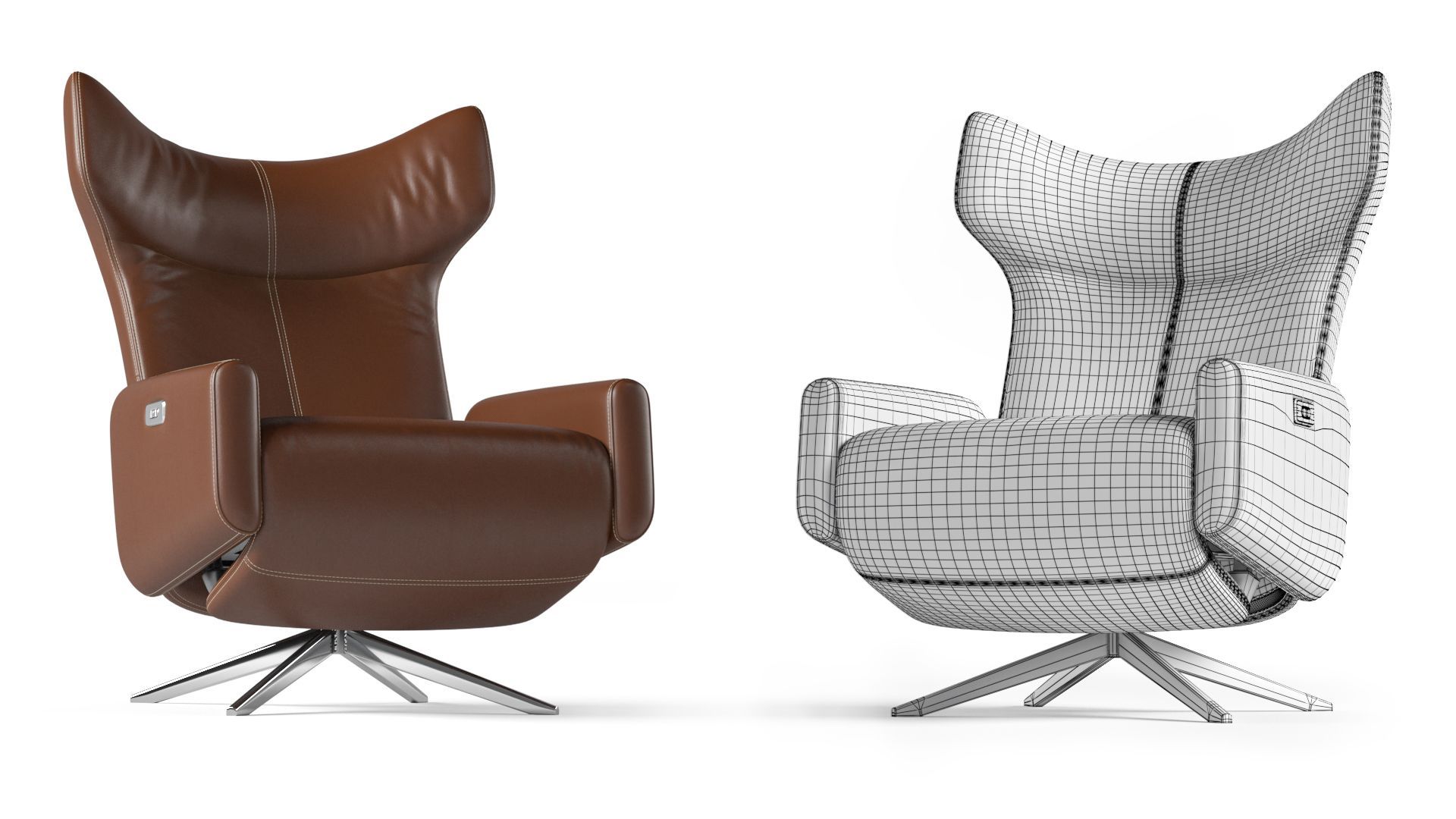When it comes to the variety of product image views, furniture makers that are used to traditional photography often believe the options there are limited. And that comes as no surprise since product photography and editing is a tedious and costly process. However, CGI technology offers the possibility to effortlessly create multiple types of product images. This means that manufacturers can get more attractive and informative visuals to help drive their e-commerce sales.
At the same time, it’s important to understand that images featuring different product views serve different purposes. Therefore, knowing exactly how and when to use every type of them is a must for getting the most successful results in terms of sales, as well as brand loyalty. Fortunately, a professional 3D rendering company can always help manufacturers to adjust their product images to their goals. Now, let’s see the 13 types of CGI views that make it easier to sell furniture online!
1. Corner View (3/4 Angle)
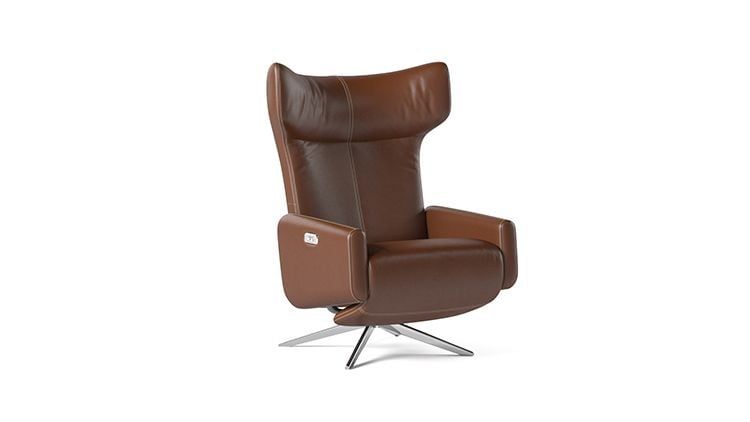
Out of all the possible types of product images, the 45-degree corner view is definitely the most popular. Normally, it’s the first image in an e-commerce listing carousel. And it’s also the one that we most often see in lifestyle shots. All because showing furniture from this angle makes an image look completely natural. It provides a more realistic and a little careless look. Oftentimes, it’s combined with other types of visuals in a scene to liven it up, making it more appealing to customers.
2. Front View
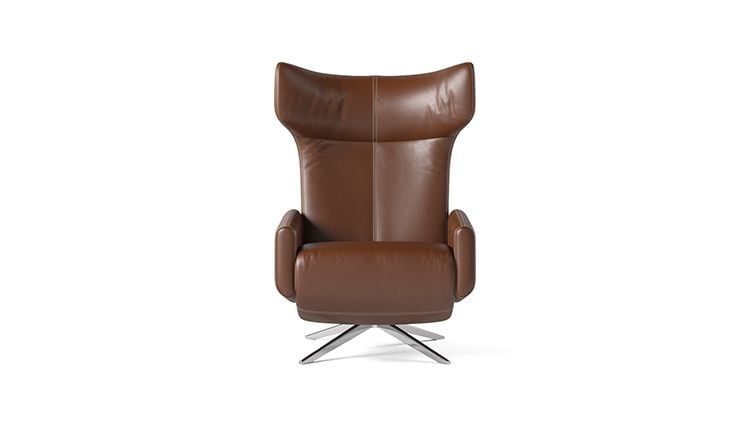
One can say that the front view rivals the corner view in popularity. It shows the product in all its glory, whether on a white background or in a lifestyle scene. We often see it as the second one in a carousel or even the first, depending on the product. This type of image ensures that the item is instantly recognizable and that it looks as appealing as it possibly can. Which is why front views are also often featured in hero shots for landing pages and ads.
3. Side View
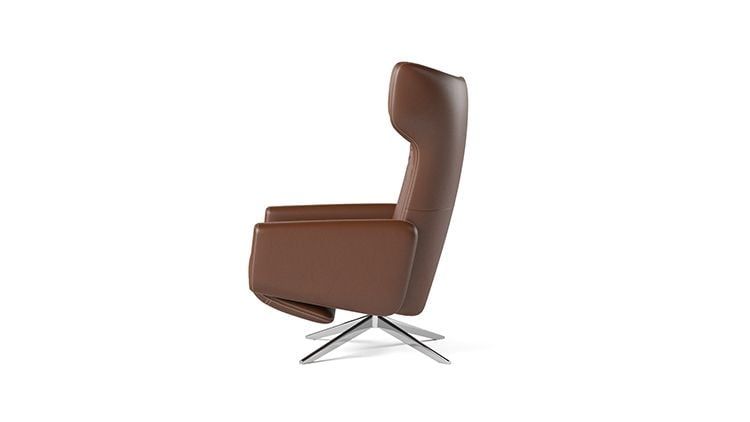
The side view of a product is usually the third one we see in a carousel. It allows online shoppers to better understand the shape of an item. This is especially important in the case of furniture because it can have a complex design. Which, obviously, is supposed to fit perfectly into a buyer’s interior. Plus, a piece of furniture is usually not a small purchase, so customers want to be sure they are buying the right thing. And this type of visual helps them with that.
4. Back View
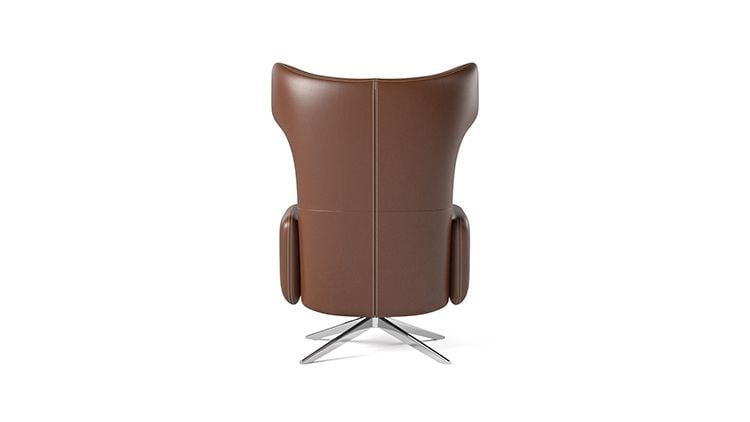
Next, we have the back view. It allows to see an object from all sides just like in a physical store. A great way to use it is to place it side-by-side with others in a group shot so that the customer can see them all at once. Unfortunately, the importance of this type of image is often overlooked when a furniture company tries to cut expenses on photography. But, luckily, CGI is way more affordable. So, manufacturers can have all types of product images without worrying about exceeding the budget.
5. Component View
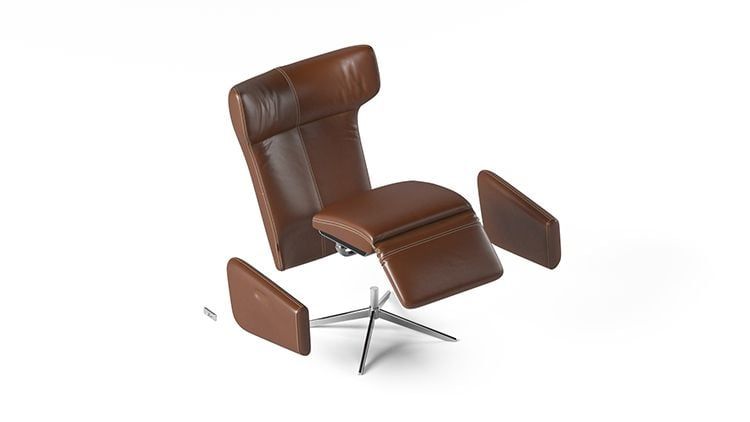
Now, this one is the most creative out of the types of 3D product pictures on this list. A component view showcases the inner structure of a product as if it were dissected. This is especially useful for innovative pieces of furniture that owe their unique features to a particular combination of cutting-edge design and carefully selected materials. Among all the types of product images, this is the only one that is absolutely impossible to recreate with traditional photography. Well, unless one’s ready to sacrifice a few product prototypes.
6. Close-Up
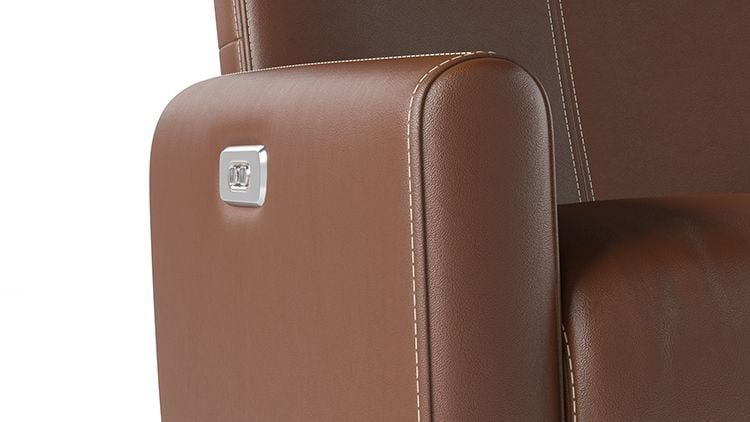
The close-up type of product image is an absolute must for any e-commerce listing to sell successfully. It has two main purposes. Firstly, it shows customers all the fine details that they cannot see otherwise. Secondly, it demonstrates the quality of materials that an item is made of. Using CGI, it’s even possible to enhance the textures in an image. With the help of a silo 3D visualization service, customers can almost feel all the soft fabrics, sturdy wood, smooth glass surfaces, and any other material imaginable. Plus, a brand that reveals every last detail of its products certainly inspires trust.
7. Top View
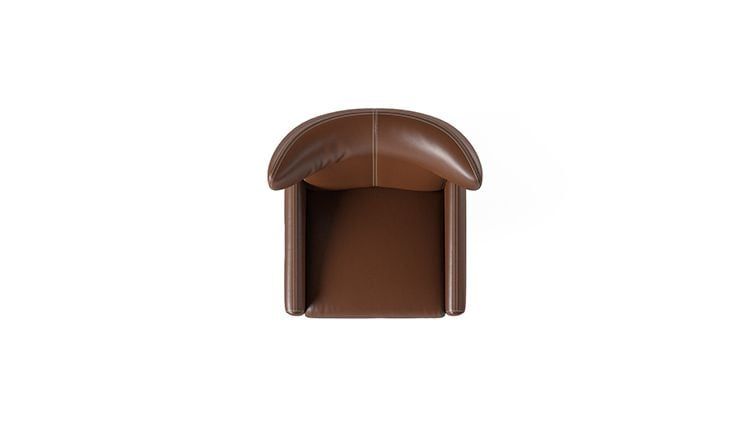
This type of visual shows items directly from the top. Actually, that’s how we see quite a lot of furniture in real life. However, compared to other types of product images, this one is seen rather rarely. It means that, besides being very informative for buyers, pictures of this type will also make the products stand out. Furthermore, such images can be even more useful when they feature other items or props. For instance, a desk with a computer and a notebook on it will provide a much-needed real-life context.
8. Size & Proportion
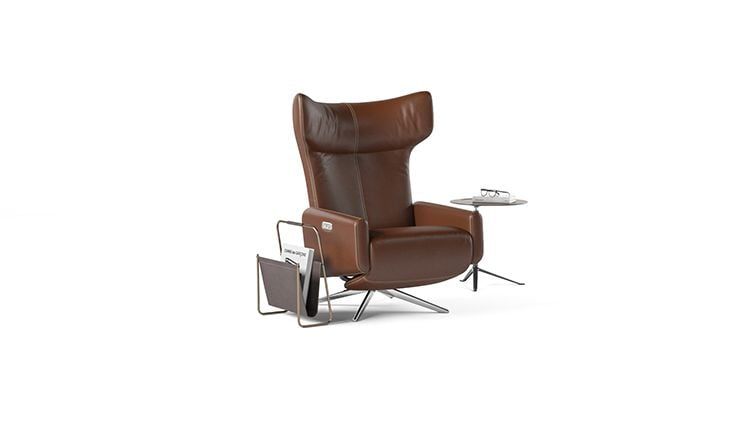
Talking about types of product images, it’s impossible to mention the size and proportion shots. They show pieces of furniture together with other items, such as electronic devices, books, magazines, food, flowers, candles, etc. Having those familiar things in an image allows customers to make sure they choose a product of a suitable size. A great advantage of CGI, in this case, is the ability to quickly and easily pick the most stylish items from libraries of ready 3D models. It’s also possible to create several variations of images for one product.
9. Product Set
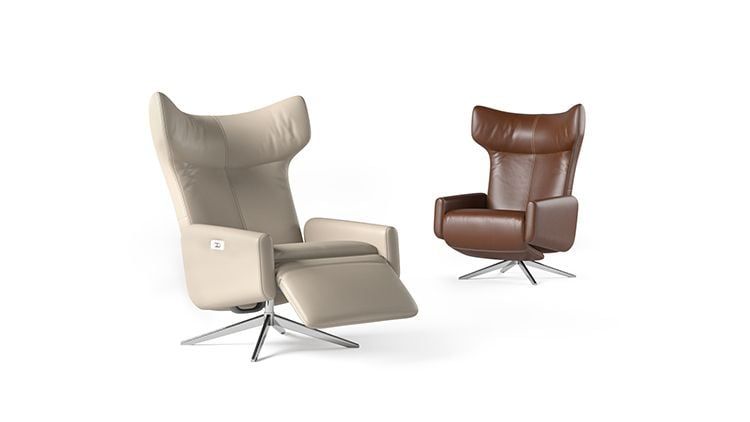
Grouping furniture from one line in a product set image is the best way to showcase items that might look very similar when customers view them individually. It helps to see even the slightest differences in design and size clearly to avoid any confusion. Moreover, out of all the other types of product images, the product set works best for cross-selling and up-selling furniture. Because buyers might easily change their minds about a product’s size, materials, or finish when they see all the options and their advantages right next to each other.
10. Feature Callout
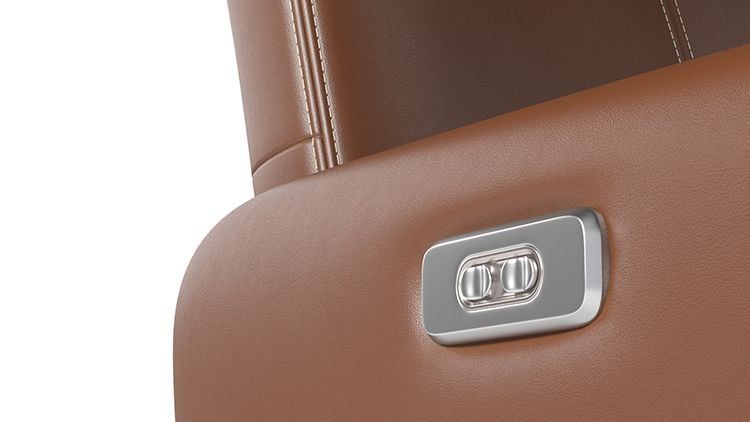
Whatever an item’s features and functions are, they can be shown in product images to make them more interesting. For example, customers will love to see a wardrobe with its doors open, a lamp or a stove turned on, a tap with water running from it. Multipurpose items require those types of product images the most. One can instantly imagine IKEA’s modular furniture here or its iconic pegboards. The latter can be personalized according to a buyer’s needs with sets of hooks, shelves, clips, etc. That’s why their images are always incredibly diverse.
11. Hero Shot
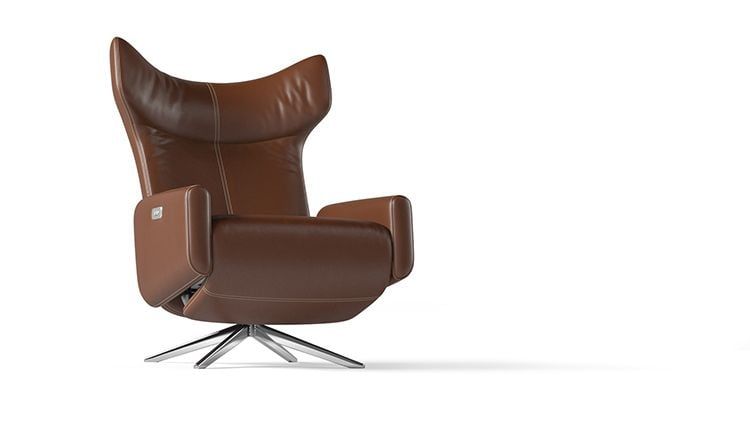
A hero shot’s goal is to grab attention. It is mainly used in advertising and on e-commerce websites’ landing pages. Here, a product is a centerpiece of the picture. Therefore, such types of product images usually feature front and corner views. There can also be a collage of two different-angle images of the same product. Furthermore, special effects like color splashes or abstract shapes can be added to the background to make an image more on-brand and eye-catching. And finally, it can also be animated to draw even more attention.
12. 360 View
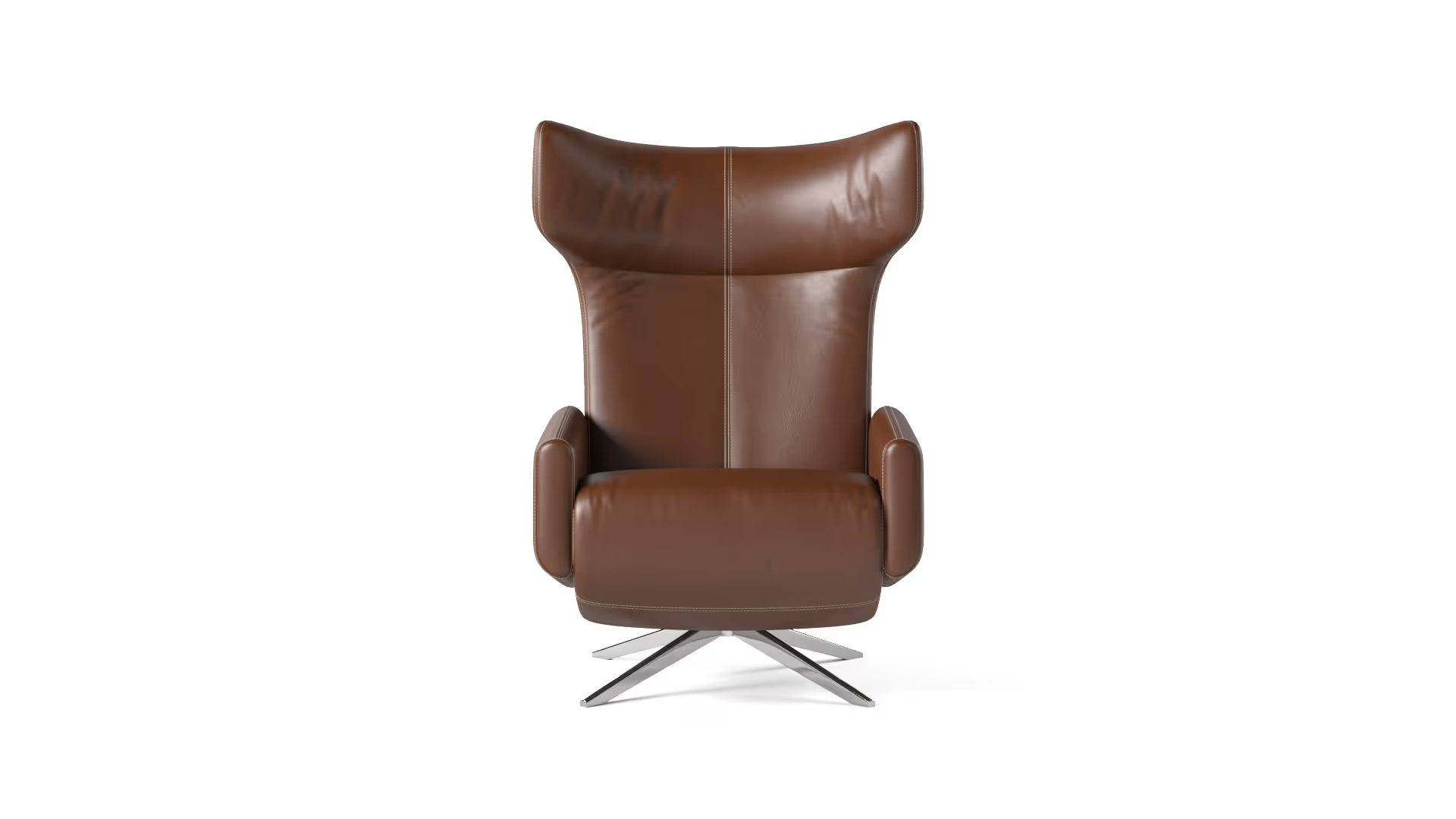
Drag image to rotate
Out of all the types of product images, this one provides the most interactivity for an online shopper. A 360 view of product is a CG image made of a set of 60 renders that one can rotate in any direction to see a product from all sides. Basically, it’s the best substitute for the actual in-store experience. What delights customers in this case is not just the ability to see a piece of furniture from every angle. It’s also the fact that a brand was thoughtful enough to go the extra mile to spare its customers the frustration and disappointment that come with a bad purchase.
13. Multi-Row 3D View
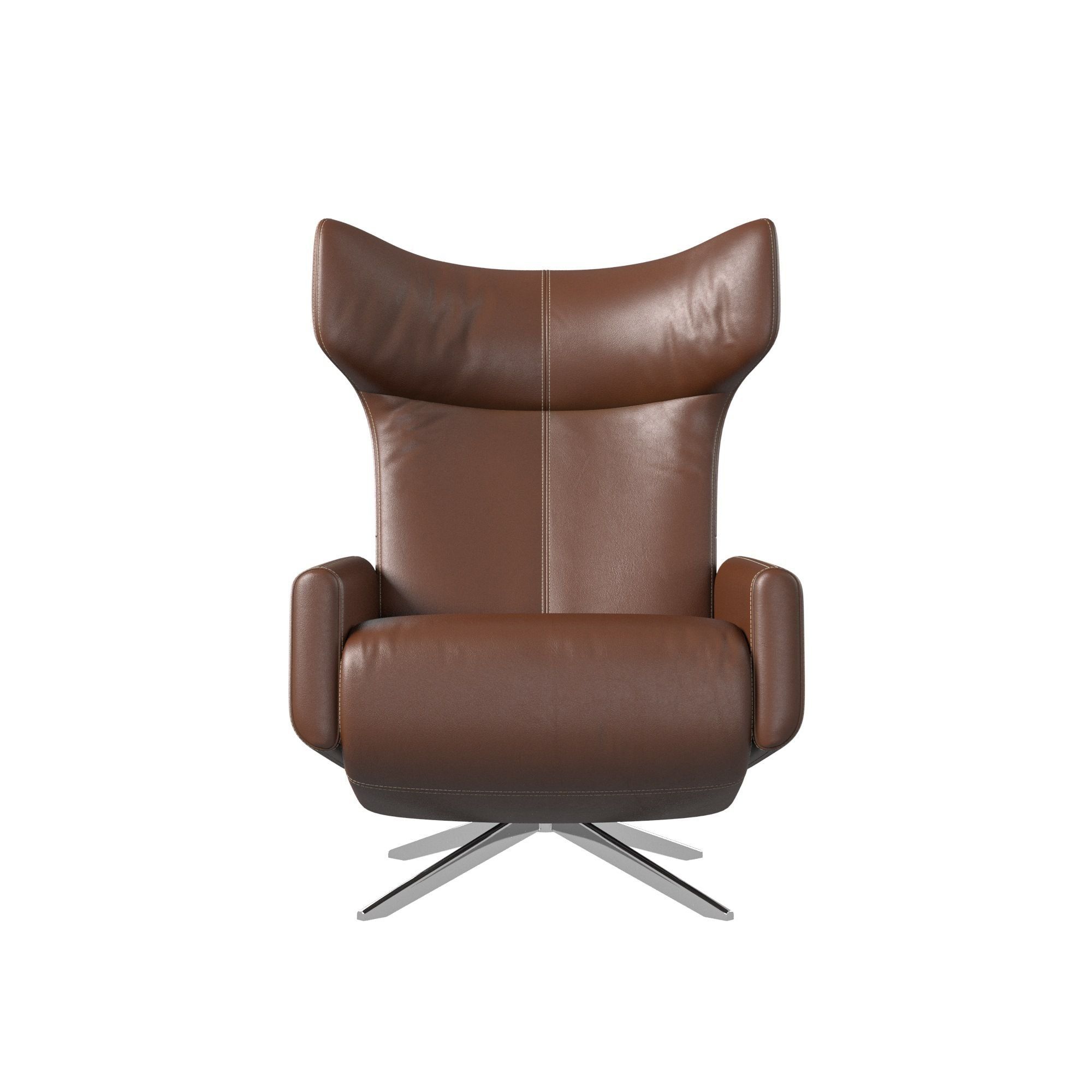
Last but not least, the multi-row 3D image. Basically, this type of product picture is similar to the previous one. Only it can be rotated not just left and right, but also up and down, and anywhere in between that. It’s called “multi-row” because it consists of 7 rows with 36 individual renders in each of them. When rotated, they change so fast that the whole thing looks like a solid 3D model. Such images come in handy when there’s a need to showcase the complex design of an item. Especially for those that have hidden features, like a height switch under a chair seat.

So, here we are at the end of the list. Hopefully, it was useful for manufacturers to learn about the 13 types of product visuals that help to sell furniture online. Those unfamiliar with CGI must be at least curious by now about the technology that allows to render all of those views simultaneously. Moreover, with CGI one can get an infinite number of stylish lifestyle scenes to appeal to preferences of any target audience. And all that without even nearly as much time, money and effort invested into the process as in the case of photography.
Are you interested in using product modeling services to boost your online furniture sales? Contact us and get all the types of product images in the most photorealistic quality you can imagine!
